Succession
Queens that ruled
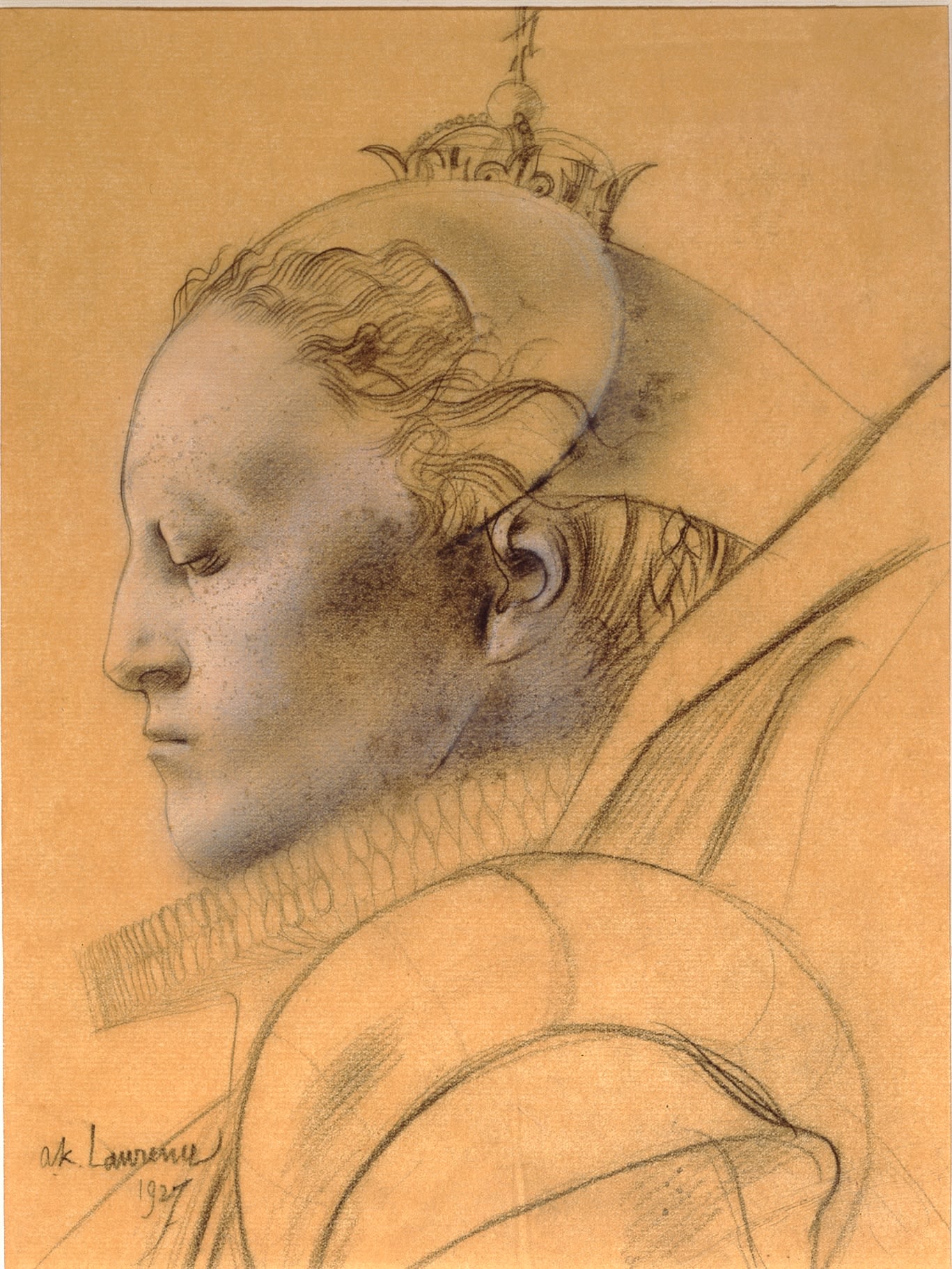
Since the reign of Henry VIII sixteen Kings have ruled. In the same time period, only six Queens have ruled in their own right. This difference dates back to the ancient laws of inheritance where sons take precedence over daughters. This meant that sons would always inherit the throne and become Kings even if their sisters were older. Only when there are no living sons would a daughter inherit the throne. However, there have been many times when Parliament has changed the laws of succession.
This online display will look at how Parliament has played a role in determining the inheritance and succession of female monarchs for 513 years from the reign of Henry VIII to Queen Elizabeth II and the often dramatic circumstances surrounding this.
During most of this 513-year period women did not have equal rights to men including owning and inheriting property, voting in elections and access to education. The women that did rule as Queens were doing so in male-dominated spaces. Having a female ruler was therefore at odds with the traditional gender dynamic. This might explain why some of our Queens are the most iconic of the monarchs with their reigns being immortalised in popular culture.
The six Queens we will be looking at today are Mary I, Elizabeth I, Mary II, Anne, Victoria and Elizabeth II. This tale about Queens starts with a King, specifically Henry VIII.

Henry VIII
Henry VIII is infamous for his many wives and his pre-occupation with producing a male heir has arguably influenced the line of succession more than any other monarch.
Henry VIII passed several pieces of legislation that changed who would inherit the throne following his death.
The first Act of Succession passed in 1534 required his subjects to accept the King’s marriage to his second wife, Anne Boleyn, as ‘undoubted, true, sincere and perfect’.
Anne Boleyn, Oil painting by Richard Burchett
© UK Parliament, WOA 3191 heritagecollections.parliament.uk
Henry’s annulment from his first wife, Catherine, had forced his break with the Roman Catholic Church. The story of this marriage and subsequent succession legislation is closely intertwined with the English Reformation, when the Church of England broke away from the authority of the Pope and the Roman Catholic Church. The Act removed Mary, Henry VIII’s daughter with his first wife Catherine of Aragon, from the line of succession and legitimised any children from his marriage to Anne so that they could inherit the throne.
The Act of Succession 1534
Parliamentary Archives
HL/PO/PU/1/1533/25H8n22
The Second Act of Succession from 1536 removed both Elizabeth (Henry VIII’s daughter with Anne Boleyn) and Mary (Henry VIII’s daughter from his first wife Catherine of Aragon) from the line of succession.
At the time the Act was passed Henry VIII had declared all of his children to be illegitimate and had no children eligible to succeed him. This did change following the birth of Edward in 1537, the son of Henry and his third wife, Jane Seymour.
The Second Succession Act 1536
Parliamentary Archives
HL/PO/PU/1/1536/28H8n7
Towards the end of Henry VIII’s life he had a change of heart and passed the Third Succession Act 1543 which returned his daughters Mary and Elizabeth to the line of succession behind their younger half-brother Edward.
The Entrance of Queen Mary I with Princess Elizabeth into London, 1553, Oil painting by John Byam Liston Shaw © UK Parliament, WOA 2592 heritagecollections.parliament.uk
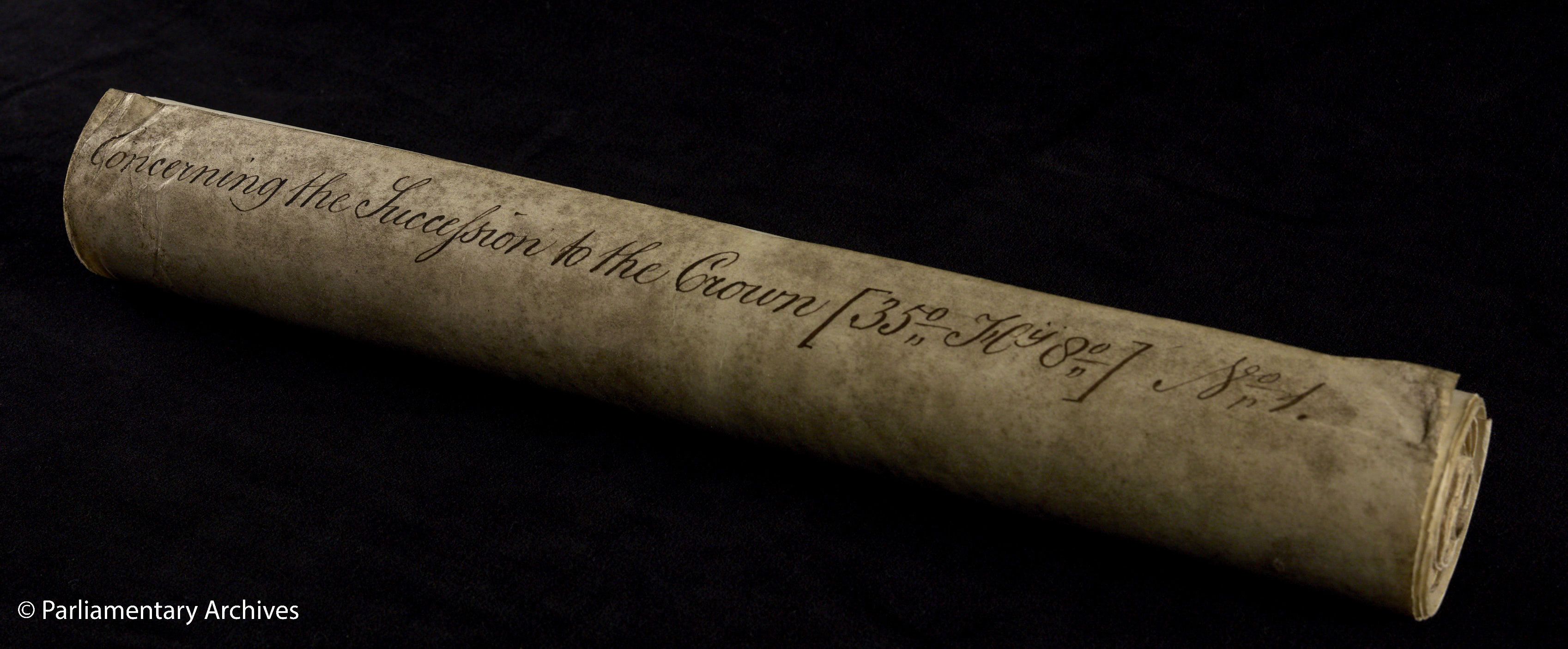
The Third Succession Act of King Henry VIII's reign, passed by the Parliament of England in July 1543, HL/PO/PU/1/1543/35H8n1
The Third Succession Act of King Henry VIII's reign, passed by the Parliament of England in July 1543, HL/PO/PU/1/1543/35H8n1
Lady Jane Grey and Mary I
Following the death of Henry VIII, Edward VI became king. At the time of accession Edward VI was only nine years old and was often sick. His reign was dominated by nobles using the young King to strengthen their own positions.
The Duke of Northumberland persuaded the sickly Edward VI to name Lady Jane Grey as his heir just before his death on 6 July 1553, cutting out the rightful heir under the 1543 Act, Mary. As one of Henry VIII's great-nieces, Lady Jane was a genuine claimant to the throne but behind Mary and Elizabeth in the line of succession. Northumberland then married Lady Jane to his own son, Lord Guilford Dudley.
Edward VI, Oil painting by Richard Burchett
© UK Parliament, WOA 3196 heritagecollections.parliament.uk
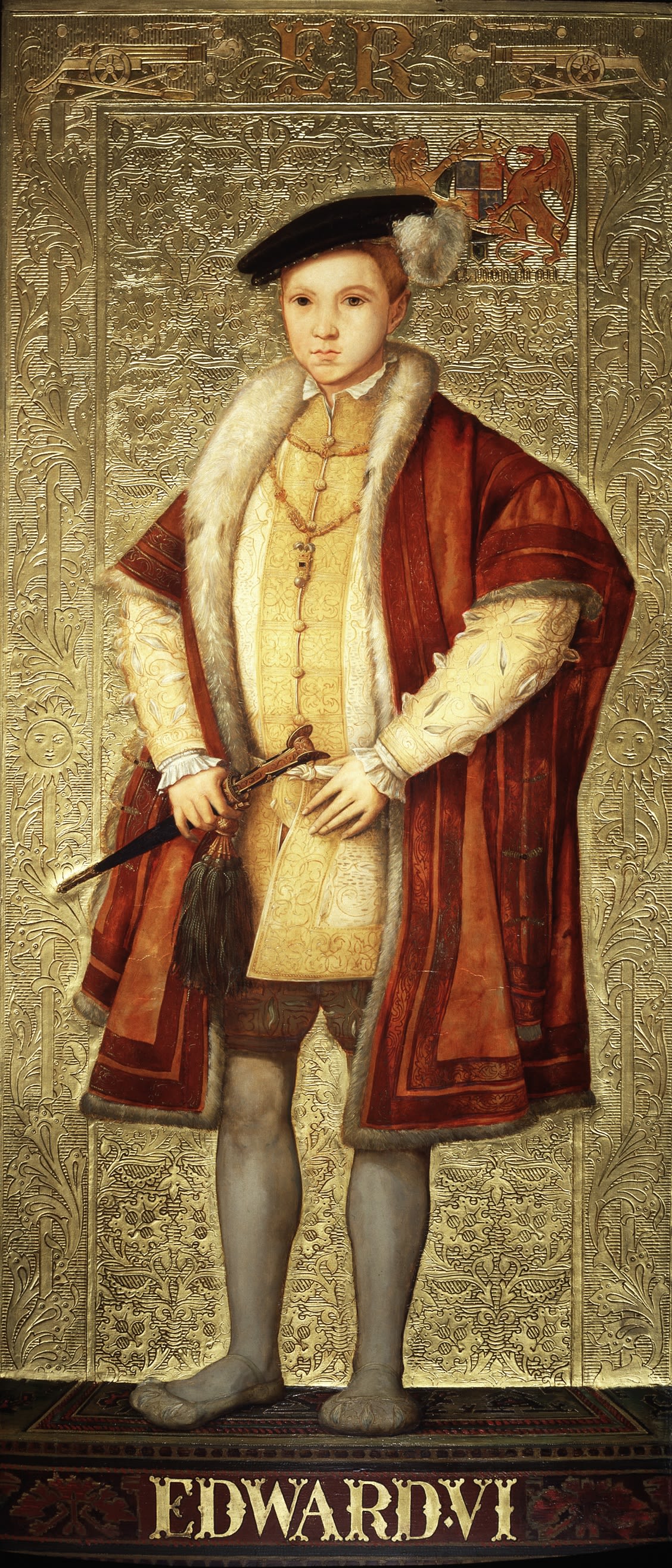
The Treason Act 1547 made it high treason to interrupt the line of succession to the throne established by the Act of Succession. Edward VI meant to bypass this Act in his "Devise for the Succession", issued as letters patent on 21 June 1553, in which he named Lady Jane Grey as his successor.
Mary however had not only the 1547 Treason Act and the Third Succession Act on her side but also widespread support.
Jane was quickly toppled only nine days after Edward’s death, her own father even abandoning her cause. She was later executed with her husband. She is sometimes known as the nine day Queen but was never crowned so is not included as one of our Queens in this story.
Treason Act 1547
Parliamentary Archives
HL/PO/PU/1/1547/1E6n12
Mary I is considered to be England’s first uncontested female monarch. She reigned for five years over a country increasingly divided over the Protestant Reformation. Her initial ruling council was a mix of Protestants and Catholics. As her reign progressed Mary I soon moved from simply reversing her father’s and Edward’s anti-Catholic policies to actively persecuting Protestants. In 1555 she revived England’s heresy laws and began burning offenders at the stake. Protestants have called her Bloody Mary as a result.
When Mary I inherited the throne, she was unmarried and childless. It became a priority to have a child as her Catholic successor as opposed to her Protestant half-sister Elizabeth. Mary I married Philip of Spain in 1554. Philip was a Roman Catholic and the match was unpopular with Parliament. for this reason. Furthermore, they were worried about England becoming a satellite of Spain.
Parliament passed the Act for the Marriage of Queen Mary to Philip of Spain to define and limit Philip’s role. For example, Acts of Parliament were to be dated with both their names (with Philip's preceding Mary's as deemed proper for husband and wife), and Parliament was to be called under the joint authority of the couple. The Act stated that King Philip would take part in governing Mary's realms while most authority was reserved for Mary. Although King Philip was to co-reign with his wife, the Act prohibited him from appointing foreigners to any offices, from taking his wife or any of their future children outside her realm, or from claiming the crown for himself should he outlive Mary.
Mary I died in 1558, she had no children so her half-sister Elizabeth inherited the throne. Elizabeth I became England’s second female monarch.
Mary I, Oil painting by Richard Burchett
© UK Parliament, WOA 3197 heritagecollections.parliament.uk
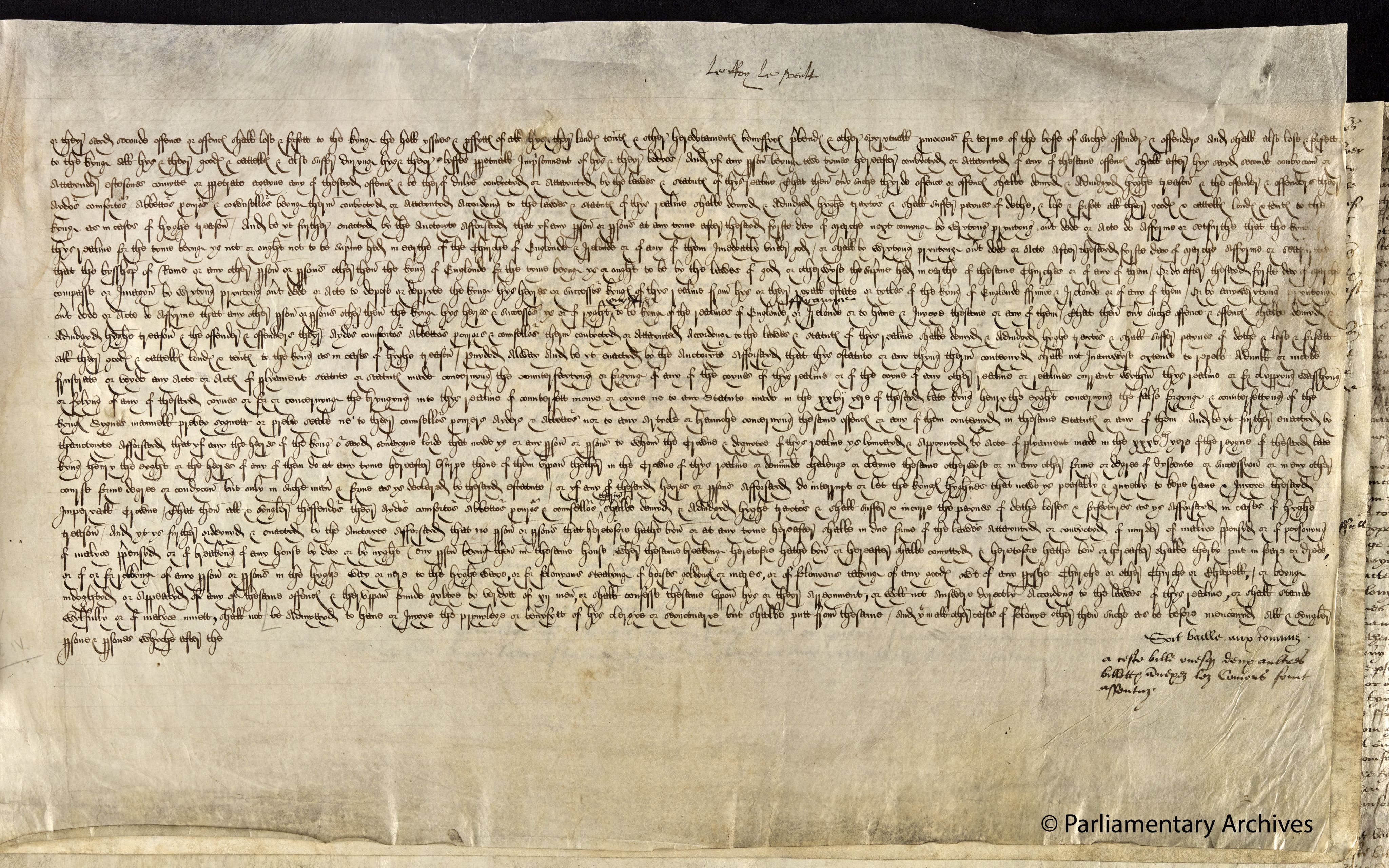
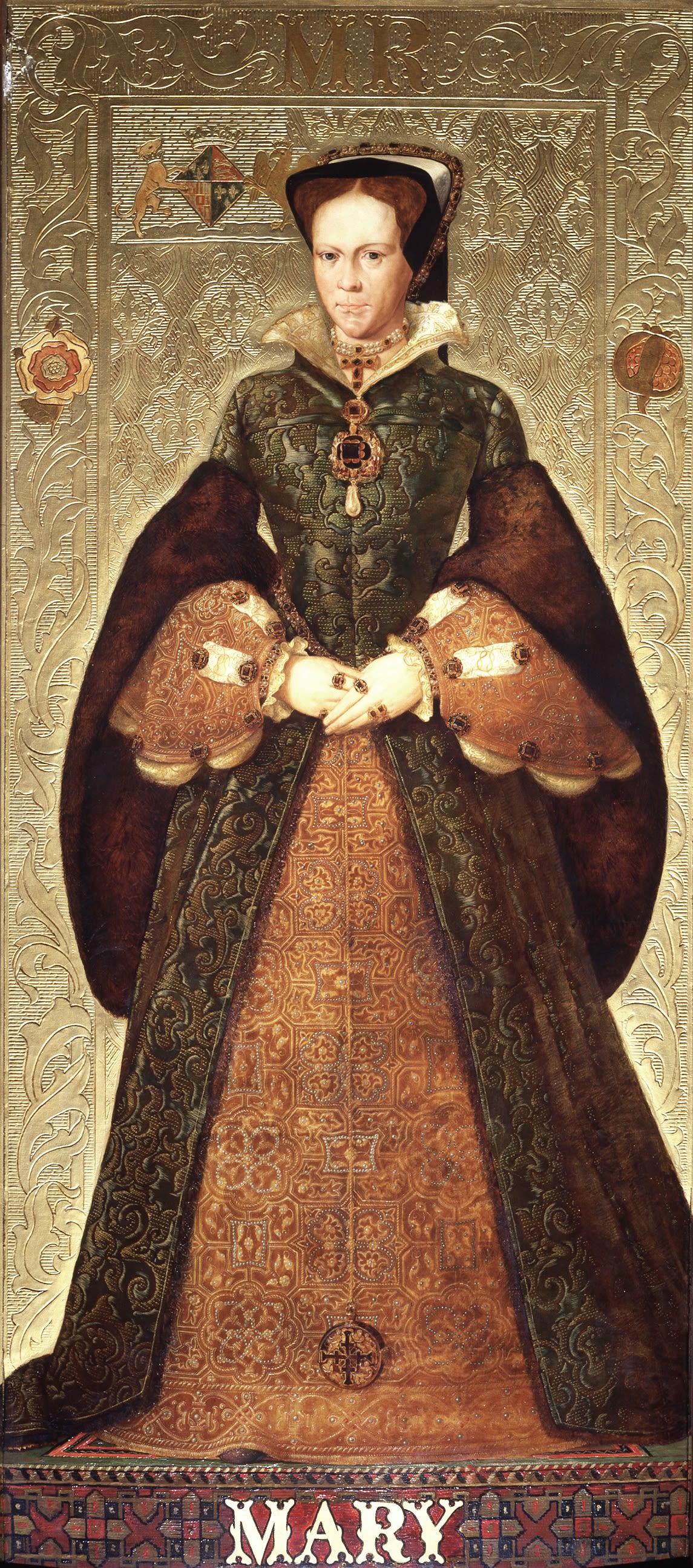
Elizabeth I
Study for Queen Elizabeth, Pencil drawing by Alfred Kingsley Lawrence
© The Artist’s Estate, Photo credit: Parliamentary Art Collection, WOA 2770 heritagecollections.parliament.uk
Elizabeth I reinstated her mother Anne Boleyn as a Queen, as Anne had been stripped of her titles during her trial. This would have reinforced Elizabeth’s right to the throne and perhaps been important to the new Queen privately.
An Act whereby the Queen's Highness is restored in Blood to the late Queen Anne, her Highness's Mother 1558
Parliamentary Archives
HL/PO/PU/1/1558/1Eliz1n21
Throughout her reign Parliament was openly concerned about who would succeed Elizabeth I, and continuously petitioned the Queen to marry. The Parliament elected in 1558 was dominated by Protestants radicalised by the experience of Mary’s reign and determined to avoid England falling under Catholic rule. They needed to ensure that Elizabeth had a Protestant successor. They frequently asked Elizabeth to ensure this by marrying or designating a Protestant successor.
Early on in her reign, Queen Elizabeth I proclaimed that she would not marry because she was 'already bound unto a husband which is the Kingdom of England'. On the two occasions it seemed that Elizabeth I was interested in marriage Parliament and public pressure meant that these unions would have tarnished her reputation or caused national divisions, so Elizabeth perhaps learning from her father’s experience chose never to marry .
Elizabeth I lived to be 69 years old. She reigned for 45 years, the longest of any Tudor monarch. During her reign a secure Church of England was established. Upon her death the English throne passed to James VI of Scotland.
The Commons Petitioning Queen Elizabeth to Marry, Oil painting by Solomon Joseph Solomon
© UK Parliament, WOA 2928 heritagecollections.parliament.uk
Mary II and William III
It was 86 years before another woman took the throne, a period in which England, Wales, Scotland and Ireland were ruled over by 4 kings, one of whom (Charles I) was executed in the course of the civil conflict that consumed all his kingdoms in the 1640s thereby causing the country briefly to become a republic.
Mary came to the throne after her father, James II, was overthrown in 1688. James II’s attempts to remove the restrictions on the civil and religious liberty of Roman Catholics had aroused suspicion that he would ultimately suppress Protestantism and the Church of England.
Mary was offered the throne by the Convention Parliament on 1689, jointly with her husband, William, who was also James II’s nephew.
The Lords and Commons Presenting the Crown to William and Mary in the Banqueting House 1688, Waterglass painting by Edward Mathew Ward
© UK Parliament, WOA 2606 heritagecollections.parliament.uk
Mary II and William III agreed in turn to the Bill of Rights, an Act of Parliament which outlined constitutional and civil rights and ultimately gave Parliament power over the monarchy.
The exclusion of James II and his heirs was extended to all Roman Catholics, since 'it hath been found by experience that it is inconsistent with the safety and welfare of this protestant kingdom to be governed by a papist prince'. The word ‘papist’ is an old-fashioned and sometimes derogatory term to refer to someone who is Roman Catholic.
The Sovereign was required in the coronation oath to swear to maintain the Protestant religion. The Bill of Rights settled the succession on the heirs of Mary II and William III, and Mary’s sister, Anne.
Many experts regard the English Bill of Rights as the primary law that set the stage for a constitutional monarchy in England. It’s also credited as being an inspiration for the U.S. Bill of Rights.
In practice having the job of monarch as a job share meant that Mary II deferred to her husband except when he was abroad fighting. Mary II died of smallpox in 1694 leaving William to rule on his own until his death in 1702.
Draft Declaration of Rights 1689
Parliamentary Archives
HL/PO/JO/10/1/403D
Anne
Mary II and William III had no children. They were succeeded by Mary’s sister Anne. But who would succeed Anne when she died? Anne had 18 pregnancies in her lifetime but none of her children survived to adulthood. As the other descendants of James II were Catholic and therefore unable to take the throne the country once again found itself on the verge of another succession crisis.
Articles of the Union 1707 Presented by Commissioners to Queen Anne, Monochrome mezzotint by Valentine Green, after Johann Gerhard Huck
© UK Parliament, WOA 1806 heritagecollections.parliament.uk
The Act of Settlement of 1701 was designed to secure the Protestant succession to the throne, and to strengthen the guarantees for ensuring a parliamentary system of government. According to the Act, the succession to the throne by-passed all Catholic heirs and went to Princess Sophia, Electress of Hanover, Anne’s second cousin, and her Protestant heirs.
The Act also laid down the conditions under which the Crown could be held. No Roman Catholic, nor anyone married to a Roman Catholic, could hold the English Crown. The Sovereign now had to swear to maintain the Church of England (and, after 1707, the Church of Scotland).
Princess Sophia died before Anne so did not become the fifth Queen. Instead, her son George I became king when Anne died. At the time George I inherited the throne there were 50 Roman Catholic relatives with stronger claims. James II’s son and grandson continued to try to recover his kingdoms, leading the unsuccessful rebellions in 1715 and 1745.
The line of succession passed from George I to George II to George III and finally to George IV.
George IV, when Prince of Wales, had secretly and illegally married Mrs Fitzherbert in 1785. Illegal as according to the Royal Marriages Act 1772 the heir to the throne needed to get permission from the monarch to marry. George IV did not get permission from his father George III to marry Mrs Fitzherbert who was a Roman Catholic. If this marriage had been legal it would have removed George IV as heir to the throne according to the Act of Settlement 1701.
Act of Settlement 1701
Parliamentary Archives
HL/PO/PU/1/1700/13W3n2
George IV, whilst still Prince of Wales then married Caroline of Brunswick. The marriage was not a success and when he inherited the throne George IV tried to divorce Caroline in a high profile case heard by the House of Lords. The outcry against it was so great that the government eventually decided to abandon the divorce and Caroline died soon afterwards. George and Caroline had one daughter who sadly died at the age of 21 before George IV inherited the throne. Her death triggered another succession crisis as neither George IV or any of his brothers had no living legitimate children.
George IV was succeeded by his brother, William IV, and he by the seventeen-year old daughter of George III’s fourth son, Prince Edward.
View of the interior of the House of Lords, during the important investigation in 1820 Print by John G Murray and Mr James Stephanoff © Parliamentary Art Collection WOA 4287
Victoria
Queen Victoria became the longest reigning monarch and is remembered for her love of her husband Prince Albert, epitomised by her decades long mourning following his death, her strong support for Empire and being the first British monarch to be called the Empress of India.
Victoria had nine children. Her eldest child Princess Victoria was skipped over in line with the laws of succession by her younger brother who became Edward VII following the death of their mother in 1901.
Queen Victoria 1819-1901, Oil painting by Franz Xaver Winterhalter
© UK Parliament, WOA 3154 heritagecollections.parliament.uk
Elizabeth II
51 years passed until the next female monarch. During that time the throne passed from Edward VII to George V to Edward VIII to George VI.
Following the death of George VI his daughter and our current monarch, Queen Elizabeth II inherited the throne in 1952. She is now the UKs longest reigning monarch having been on the throne for 70 years.
In 2013 the Succession to the Crown Act was passed. This meant that succession to the Crown was no longer dependent on gender and that sons and daughters had an equal claim to the throne. Males born after 28 October 2011 no longer precede their elder sisters in the line of succession.
Queen Elizabeth II at the State Opening of Parliament 1962, Oil painting by Alfred Kingsley Lawrence
© The Artist’s Estate, Photo credit: Parliamentary Art Collection, WOA 1703 heritagecollections.parliament.uk
The 2013 Act also states that marrying a Roman Catholic no longer disqualifies a person from succeeding to the Crown, meaning that religion should not play a part in the monarch or heirs choosing their spouses. Monarchs are still prohibited from being Roman Catholic according to the 1701 Act of Settlement.
In addition, the 2013 Act repealed The Royal Marriages Act 1772 which required the Sovereign’s approval of marriage for anyone in line to the throne.
Instead, only the first six persons in line to the throne require the Sovereign's approval to marry. For these six, marriage without the Sovereign's consent would disqualify the person and the person's descendants from succeeding to the Crown. However, unlike in the case of George IV and Mrs Fitzherbert the marriage would still be legally valid.
Succession to the Crown Act 2013
Parliamentary Archives
HL/PO/PU/1/2013/c20
In the 513 year period between Henry VIII and Elizabeth II six Queens have ruled for 201 years. This is an impressive and perhaps surprising figure given the patriarchical nature of the period. The line of succession was most altered by religious upheaval and subsequent prejudices reflected in legislation, combined with a lack of direct heirs.
You can learn more about the Parliamentary Archives on our website.
Her Majesty the Queen, Elizabeth II, Oil painting by Henry Mee
© Henry Mee, Photo credit: Parliamentary Art Collection, WOA 4826 heritagecollections.parliament.uk